Before you buy a 1996–2002 Pontiac Trans Am WS6, here’s what to look for
Although it charged out of the gate with great looks and some potent engine options, like the 325-horsepower 400-cu-inch Ram Air V-8, the Pontiac Firebird always seemed to play second fiddle to its more GM pony car stablemate, the Chevrolet Camaro. The flamboyant 1969 Trans Am began to change things at the end of the first-generation’s production, although even as the second-generation upped the power and cubes, no amount of hood scoops, shaker or otherwise, could draw buyers in like the Bow Tie brand.
In 1978, hot on the heels of Smokey and the Bandit’s big box office, Trans Am sales exploded and Pontiac introduced the WS6 Special Performance Package. The $324 option added one-inch-wider 15×8-inch Snowflake wheels, larger tires, and a thicker rear sway bar. In 1979 Trans Am sales peaked with around 117,000 sold, and the WS6 Package—now also offered on the Formula—got four-wheel disc brakes, which drove its price up to $434.
The handling package remained an option throughout the Firebird’s second generation and continued in various forms throughout the third generation, becoming standard on the 1987 Formula and the new top Trans Am GTA model. However, when the fourth generation of the Firebird was introduced in 1992, the WS6 option was gone.
Four years later, as Pontiac was fighting off Ford’s new more powerful SVT Mustang, the option code re-appeared and featured a ram air hood with two nostrils. The option would remain on the books until the last Firebird rolled off the assembly line in 2002. These fourth-gen WS6 cars were the quickest and fastest Firebirds ever produced and they represent the final gasp of Pontiac’s screaming chicken. Many are now more than 20 years old and collectors have begun to understand their significance. Values are on the rise.
This is what buyers should know, what to avoid, and what to pay:
Trans Am WS6: LT1 or LS1 engine
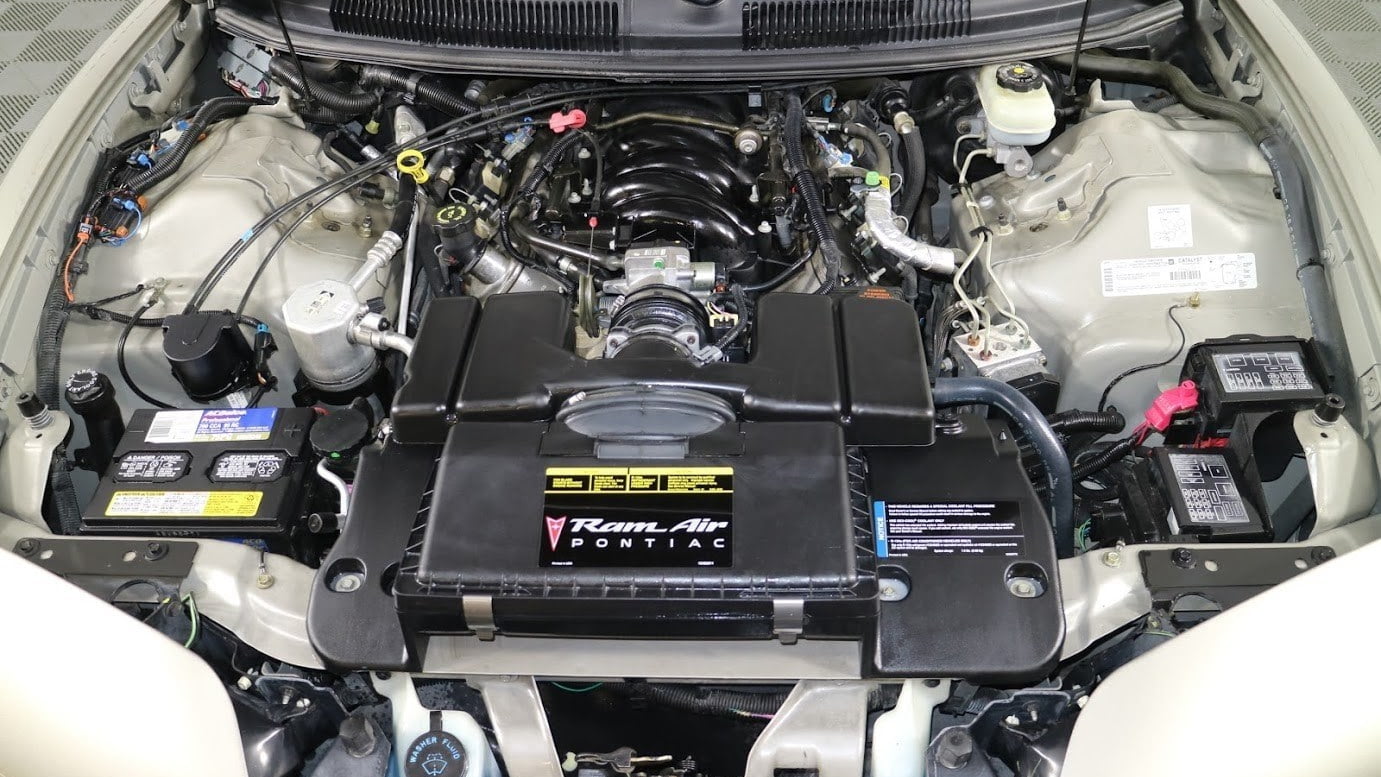
In its run of final Firebirds, Pontiac used two versions of the small-block V-8, both displacing 5.7 liters. From 1992–97, all Trans Ams and Formulas were powered by the Gen II LT1 small-block. By 1996, the engine was rated for 285 horsepower at 5000 rpm and 325 lb-ft of torque at 2400 rpm. But the ram air induction of the WS6 package bumped those numbers up to 305 hp at 5400 rpm and 335 lb-ft at 3200 rpm.
The arrival of the C5 Corvette in 1997 brought with it the LS V-8, or the Gen III small-block. It was all-aluminum, made more power, and ditched the LT1’s funky Optispark ignition system. The LS was so good it has become a favorite of hot rodders over the last two decades, being swapped into everything from classic muscle cars to pickups and Panteras. By 1998 the LS1 was under the hood of every Trans Am and Formula, rated 305 hp at 5200 rpm and 335 lb-ft of torque at 4400 rpm. The WS6 package cranked that up to 320 hp and 345 lb-ft, and in 2001 both versions got a 5-hp and torque bump thanks to a new camshaft and the LS6 intake from the Z06 Corvette. A six-speed manual or a four-speed automatic transmission was available with either engine.
Weighing just under 3500 pounds, these WS6 birds were fast for their day, but they’ll get smoked by any modern muscle car, including a base Mustang GT or Camaro SS. Even the new front-wheel-drive Honda Civic Type R will dust them to 60 mph.
In 1996, Car and Driver pitted a new six-speed WS6 Formula against the similar Camaro SS and the rival the Mustang SVT Cobra. The Formula was the slowest of the three on that day, running to 60 mph in 5.5 seconds and through the quarter mile in 14.1 seconds at 102 mph. The Mustang was just a tenth quicker in both tests, but the Camaro was inexplicably much quicker than both, running 4.9 seconds to 60 mph and a 13.6 second quarter, despite weighing 70 pounds more than the Firebird and running the same 3.42 rear gear.
Four years later Motor Trend tested an LS-powered Trans Am WS6 with a six-speed and it was significantly quicker. At the dragstrip it hit 60 mph in five seconds flat a finished the quarter-mile in 13.5 seconds at 107.4 mph.
Year-to-year Trans Am WS6 changes
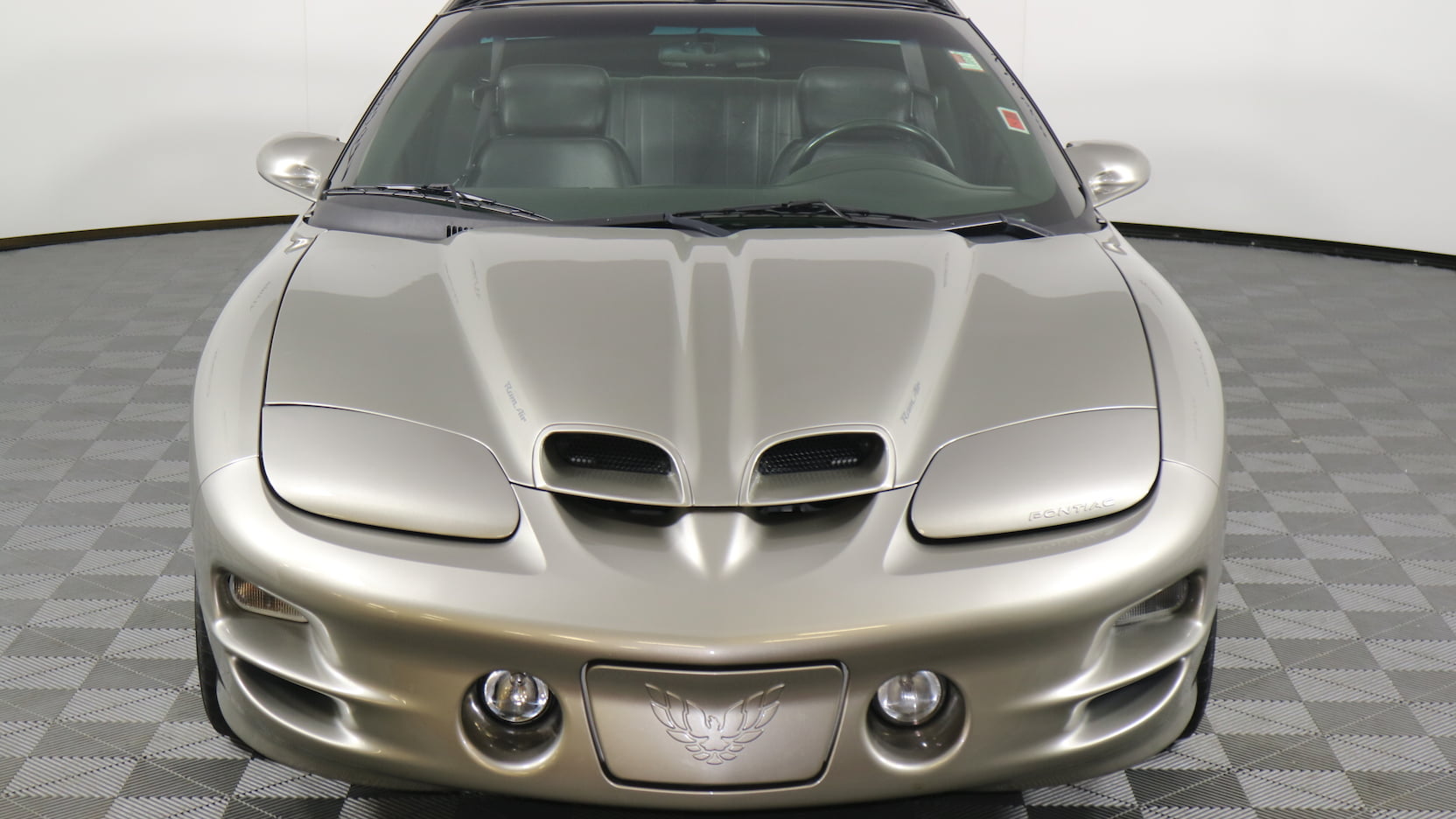
From 1997–2002, RPO WS6 was available on the Trans Am and Formula coupes and convertibles. In 1996, however, it became available mid-year and was only offered on the coupes. It added the Ram Air intake and hood; firmer springs, shocks, and bushings; a larger 32mm front sway bar and 19mm rear sway bar; a firmer transmission mount; silver 17×8-inch five-spoke aluminum wheels; and 275/40ZR17 Goodyears. In 1997, the wheels were polished along with the exhaust tips.
In 1998, along with the engine swap, the Trans Ams and Formulas got a retuned suspension for a slightly smoother ride and larger brake rotors. All Firebirds got a facelift with new noses and rear bumpers. The Trans Am’s new front bumper featured four headlamps and two small grille openings, which sat just below the now larger twin hood scoops on the WS6 cars. The result is an alien-esque mug that drew sneers at the time. Also questionable in 1998 was WS6’s single exhaust pipe, a gaff that was fixed a year later.
To celebrate the Trans Ams 30th anniversary, Pontiac offered special white and blue editions in 1999. The 2000 model year was the last for the WS6 package on the slow-selling Formula, and in 2001 there was a new five-spoke wheel design. In 2002, knowing the Firebird’s end was near, Pontiac offered the Collectors Edition Trans Am, which was yellow.
Buyers should also realize that the WS6 is different than the ILE road racing homologation package that first became available on the Formula in 1997. Although the two did share some components, and ILE cars required adding the WS6 package, the ILE package included additional hardware. Firehawks were also a similar, but different bird.
Low Trans Am WS6 production numbers
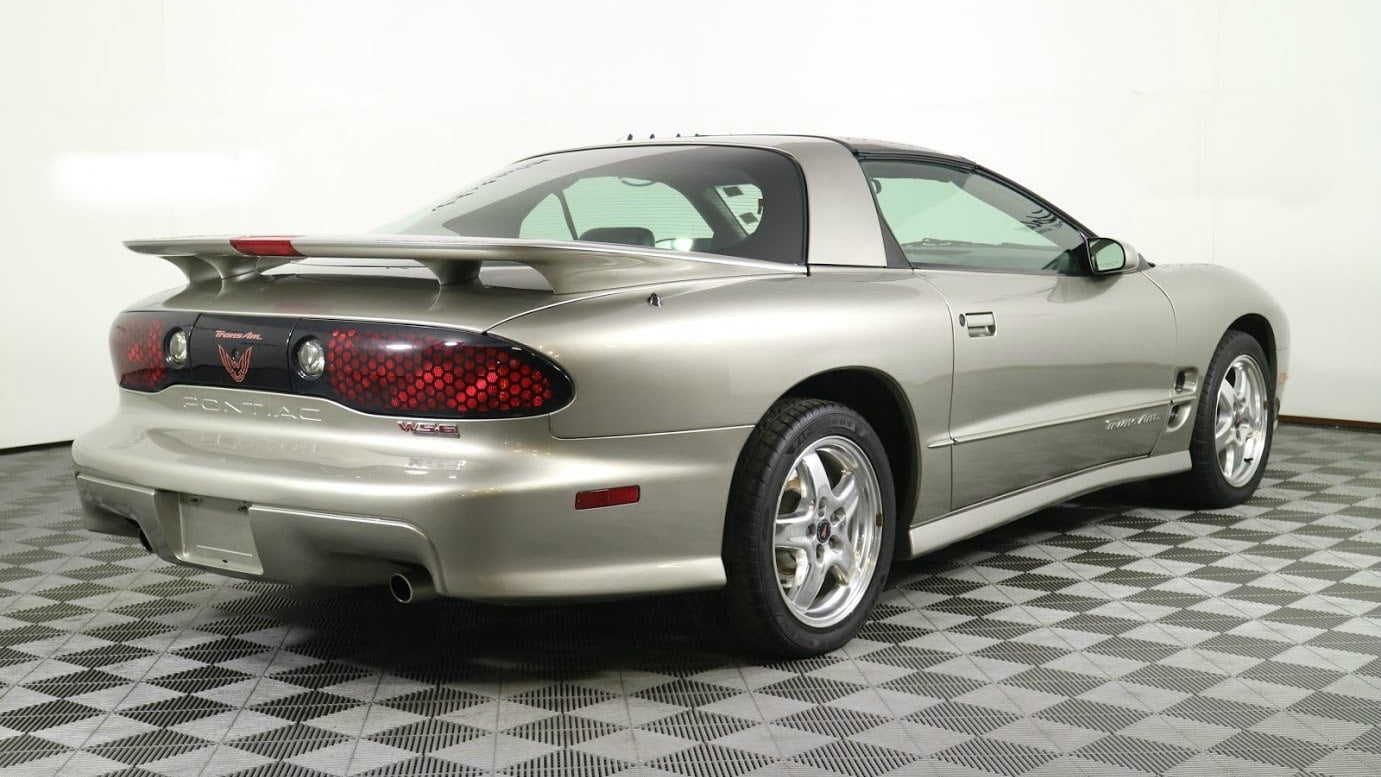
Pontiac wasn’t selling many Firebirds of any kind during this period, so WS6 cars are relatively rare, especially the early cars and Formulas. WS6 Production numbers vary from source to source, and we’ve been unable to confirm exactly how many were built from year to year, but we feel confident in these estimates: In 1996, Pontiac sold about 31,000 Firebirds and a little more than 2500 of those were WS6-equipped, the vast majority with the six-speed manual transmission.
Total Firebird production was flat the following year, but WS6 sales were up to just under 3900. Most were Trans Am coupes, while Pontiac sold about 475 Formula coupes and around 40 Formula convertibles. Despite the new LS V-8 Firebird, sales were flat again, and WS6 sales were down to about 3000 cars, with the vast majority being Trans Am coupes with the mix of manuals to automatics being about even. Fewer than 300 WS6 Formulas were sold.
This numbers story continued essentially unchanged until 2000. Word was out that the Firebird was about to get shot down and there was a run on WS6 Trans Ams, with more than 8000 sold. In addition, the last WS6 Formulas were sold—fewer than 250 of them. The next year Pontiac moved about 7000 WS6 Trans Ams, and in the final year of production sales exploded to almost 15,000, or nearly half of all Firebird sales.
We should also mention the production numbers of the 1999 30th Anniversary Edition Trans Am, which all received the WS6 package. Pontiac built a little more than 1000 coupes, about 60 percent of which got the six-speed. There were also about 500 convertibles, mostly automatics. In 2002, production of the Collectors Edition added up to about 2400 units, with a fairly even split between coupes and convertibles. Again, about 60 percent got the six-speed.
What to look out for in a Pontiac Trans Am WS6
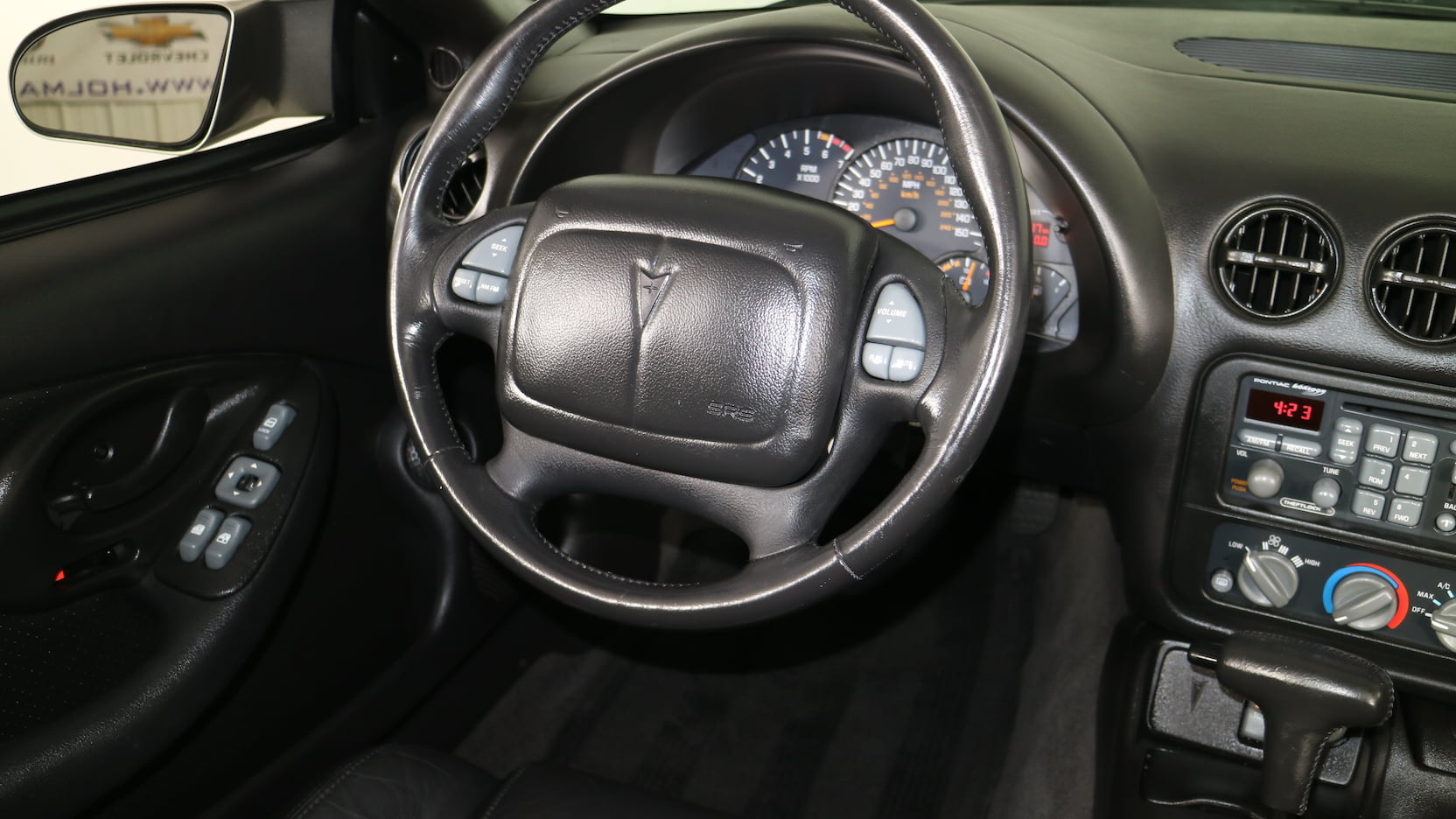
Watch out for clones or replicas. WS6 wheels and hoods have been available from the aftermarket for a long time, so it’s easy to make a standard Formula or Trans Am look like a WS6. The vehicle’s VIN will not help you here. Check the option codes on the Service Parts Identification (SPID) sticker on the driver’s door jamb. One of the codes listed should be WS6. If it isn’t, it’s not a real Formula WS6 or Trans Am WS6. If the sticker is missing, the car has probably been painted or has had the door replaced due to damage.
Look for rust in the usual places, like behind the rear tires at the bottom of the quarter panels. And be sure to check the floor plan and in the trunk, especially on T-Top cars. The front fenders are plastic, so they won’t rot, but check their alignment. Often these panels pull loose from the bottom and flap in the wind. These cars had popup headlights and they are prone to fail, staying either up or down. Also the power window mechanisms are known to fail over time and the taillights can take on water and turn dark.
The sun is murder on the hard interior plastics and upholstery—neither ages well. Cracked dashes are common. There are also reports it’s common for the odometers to conk out. If the car’s condition doesn’t seem to match its mileage, be suspicious.
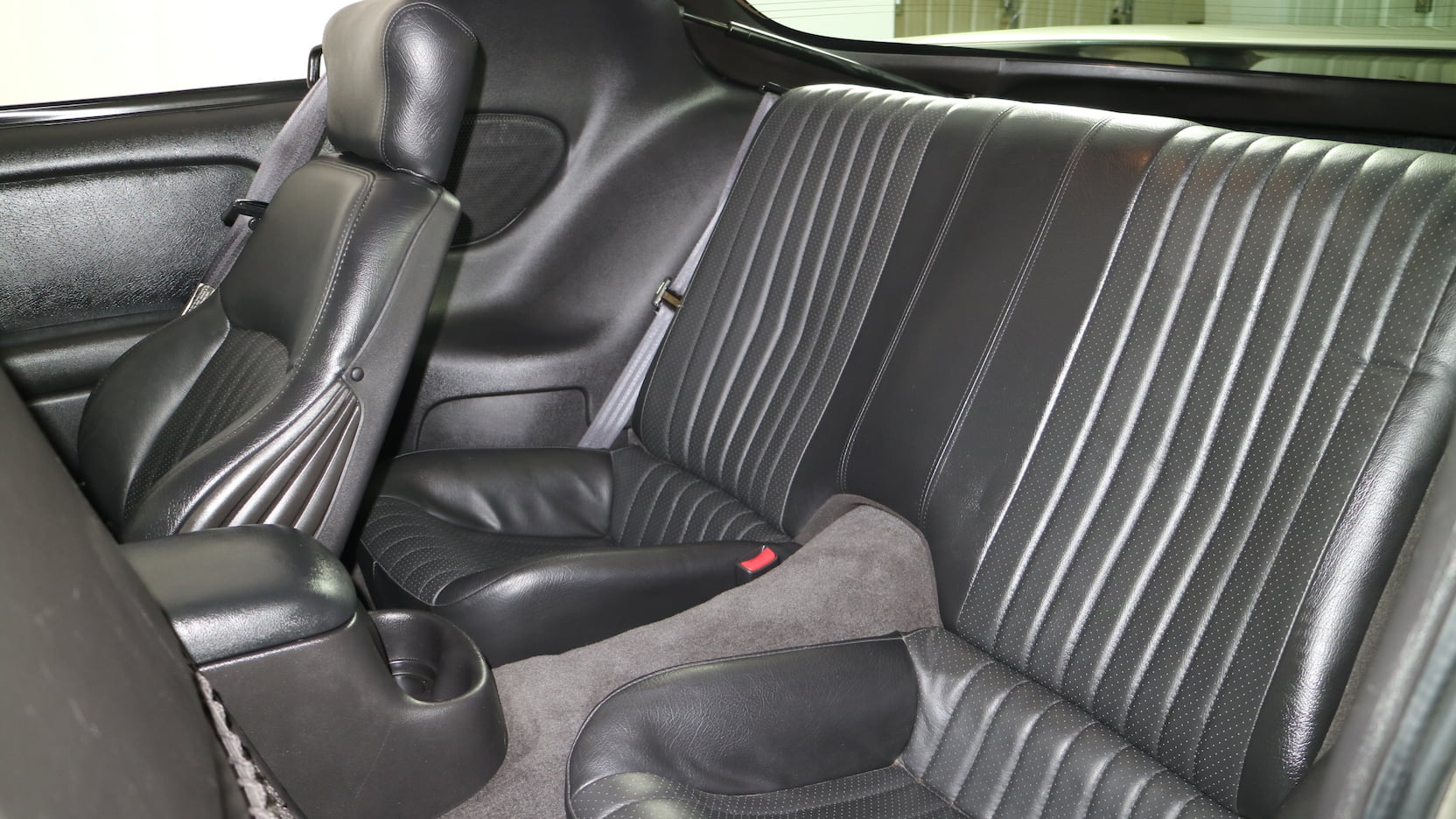
The powertrains are tough and will last forever if cared for. The engines and transmissions are good for well over 100,000 miles. The LT1’s Optispark ignition can have problems with moisture, so make sure you check the water pump for leaks as well as other seals close to the system, which is located on the front of the engine. Also EGRs are known to eat themselves, along with the fuel pump and sending units.
Replacement parts are easy to find, but so are aftermarket upgrades, and many of these cars have been modified—some radically with superchargers, nitrous, and turbos—but most have been enhanced with just a few bolt-ons, like aftermarket wheels and gauges. Although slight mods are nothing to worry about, they do drive down the value of the car. There’s just too many to go around and well-preserved stock examples are still demanding the most money.
What they’re selling for

The current value of 1996 and ’97 WS6 Pontiacs is about $12,000. More people want the 1998 and later cars with the more desirable LS engine. However, the average price of a ’98 Trans Am Coupe only jumps to $13,000. The surprise is the average price of the 1998 convertibles, which is $20,100.
WS6 Trans Am convertibles from 1999–2002 cost about $1000 more, with the average price of #1-condition (Concours) cars nearly reaching $35,000. Cars with the six-speed cost about 10-percent more, and coupes are 10-percent more valuable without T-tops. Formulas cost about the same despite their much lower production numbers. It’s also surprising that Trans Ams and Formulas without the WS6 option don’t cost radically less, with the difference often being about $3000–$5000.
The 1999 30th Anniversary Edition models are very popular, averaging $19,200 for coupes and more than $23,000 for convertibles, with the best examples touching $40,000. That’s about $10,000 more than they cost three years ago. The 2002 Collector’s Editions are also worth something, averaging $17,500 for the coupes and more than $19,000 for the convertibles, but those prices are flat lately.
Overall prices of #1-condition examples have risen about 50 percent in the last three years, while #2 (Excellent) and #3 (Good) cars are up about 20 percent. Buyers on tighter budgets will be glad to know that you can still find #4-condition (Fair) cars out there for less than $10,000, but it’s not as easy as it once was.

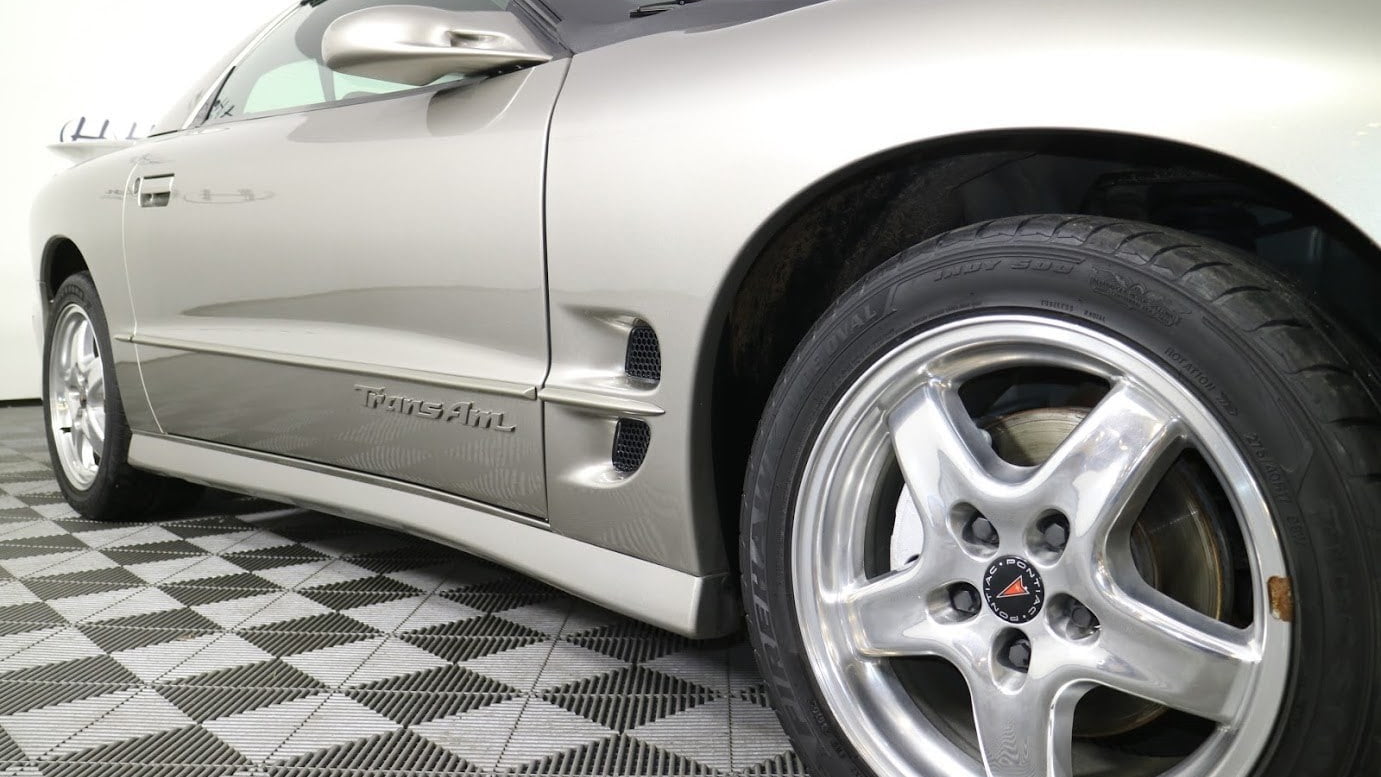
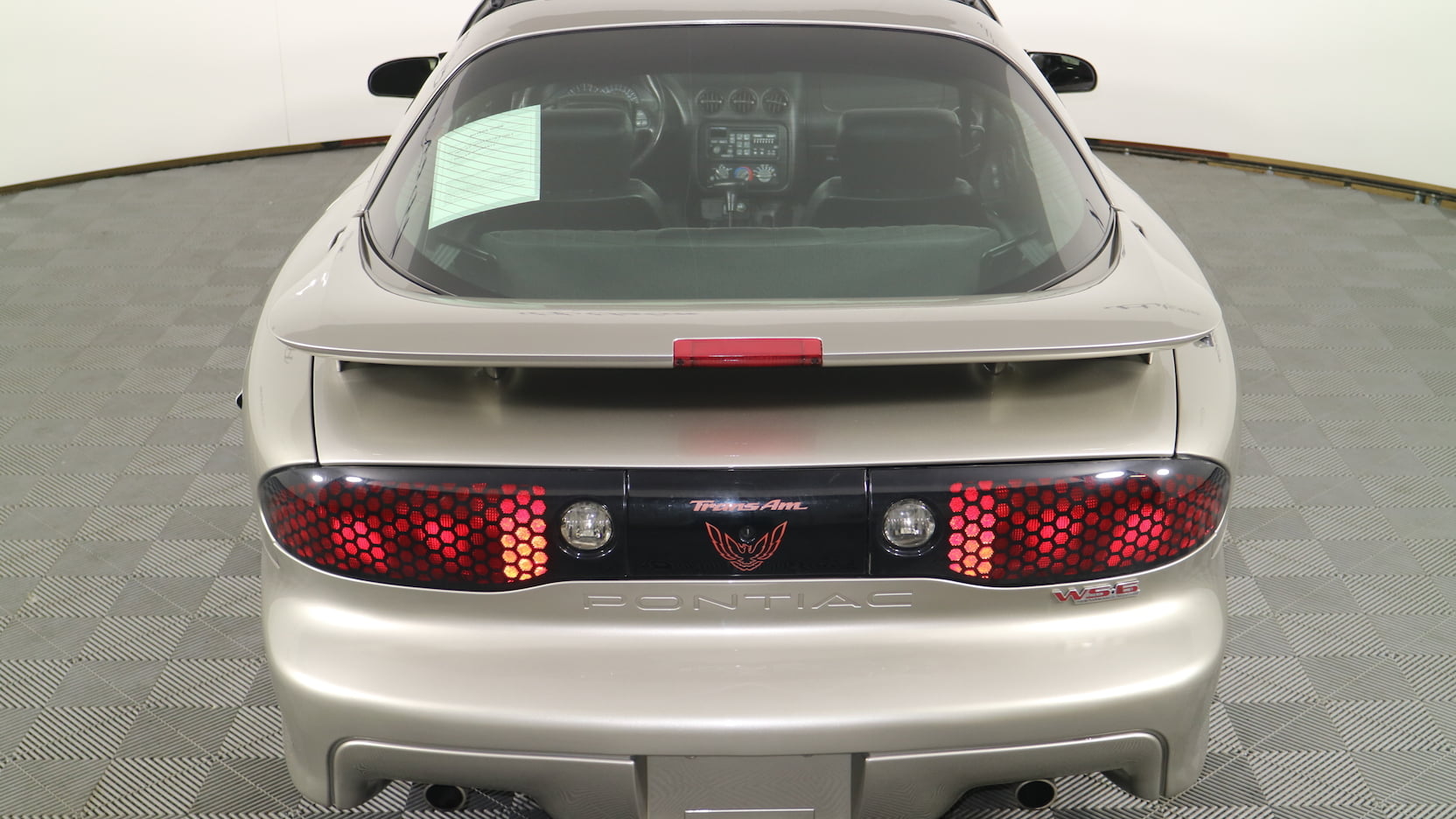



How about low color code combinations? I have a 2002 TransAm Convertible in Maple Red Metallic..No WS6 was ever produced in this color….In 2002 there were only 867 Firebirds produced in (44U), Maple Red Metallic and only 9 TA Convertibles making mine the lowest color code combination of 2002…Mine also has the LS6 block…I would think this combination being so rare would increase the value?
There is absolutely no doubt that low-production colors will add to value, largely because the collectors for these cars may be limited in number but also quite discriminating (i.e. the type who rarely actually drive their collector cars). Of course a color with a genuinely limited fan base, such as the 1997 – 1998 purple may actually bring down value. I am quite sure your Maple Red convertible would be grabbed in a second – it must look beautiful. They only built a few 1997 WS-6 Formula convertibles (around 45 I believe) but my non-WS-6 Formula convertible in Medium Dark Purple Metallic (plum purple) with performance axle and the rare late-1995 OB1/OB2 California emissions package with twin cats (285 hp) has already received offers to $14,000 (high for an LT-1 car), and it is bone stock and largely original but is less than mint — with 94,000 miles it gets driven and enjoyed all of the time. They only built around 50 MDPM Formula convertibles total by the way during 1995-1996.
When researching It shows that only 1 Bright red trans am ws6 V-8 black top convertible was made in 1999 do you feel that could be accurate?
So my ws6 is a v8 and convertible with a 325 hp?
is urs a 2002 or 2001? if so it actually has more hp but was reported to just have 325 (under rated) because they did not want the 2002 WS6 TA showing its true hp at 340-345 only being 60-55hp short of their flag ship corvette.
So my ws6 Transam is a v8 and convertible with a 325 hp and is rare? And i should hang onto it?
I have a 2002 TransAm Convertible in Maple Red Metallic,(44U)…..Firebird Nation shows the MRM 2002 TransAm Convertible as being the lowest color code combination of 2002 with only 9 produced…..However TransAm World indicates there were 33 TA Convertibles produced in Maple Red Metallic…..Where or how can I find accurate information on the build numbers of 2002 Firebirds??
Contact Marc Shelly at ASC they are the ones that built the WS6’s… lost his contact info but sure it can be googled My 2002 Convertible WS6 Trans Am is 1 of 142 in NMB with black and Camel interior and Camel top.
Love how they contradict themselves in the article, saying it was fast for their time but a new honda civic type R will “dust them” to 60 mph. Do some research before you write the article. You clearly state that in 2000 the WS6 did 0-60 in 5 seconds flat. A quick google search tell you the 2018 (when this article was written) Type R does 0-60 in 5.4 seconds. Not only does it not “dust” theses cars. It loses to them. Its not hard to write a competent article. Not sure why this person had difficulty
Exactly I agree I have a 2002 Firehawk SLP Convertable. It’s #48 and I think there were about 52 made and I can hit 60mph in just under 5 seconds. Being a 6 speed I only have to shift once to 2nd to hit 60 mph. Some people don’t do a lot of research before writing articles.
I have the 2000 NHRA SE, 21000 on the clock, Black on Black with M-6 3:42. It has very tasteful bolt ons, LS 6 intake, coated headers,SLP exhaust, I also installed the firehawk hood, retained the stock one. I have every single stock part in the attic, struts springs etc. Wife and I absolutely enjoy the car, it rides fantastic, performance is awesome, handles great. With the double overdrive this car gets 25-27 on the highway. I have to say Pontiac did the 4th Gens right !!
How about a 2002 trans Am WS6 coup with 3100 miles advertised for $37,000 from a dealer. Is this price fair or too high?
Probably the version with the best chance at appreciation – if no T-Tops and has the manual…
I don’t believe that a WS6 was available without the t-tops in 2002.
I had a 2001 Trans Am red convertible “Firehawk” done by SLP for Pontiac. It had a tan top and interior. I would love to have it back. I traded for a 2006 GTO by SLP, 455 bobcat package.
I have a 2002 Pontiac Trans Am. It’s not a Firebird, title just says TA. It has “Last of the Breed” silver emblem on sides. Its an LS1 black conv w black top, bad part is it’s got 90,000 miles and blown motor with bad trans. Is it worth anything at all? I’ve got mechanic rebuilding motor and going to repair rest of issues, but money to pay on it is slo going –little by little- weekly. I have alot of people asking to buy, wanting me to give asking price. I have no clue what it’s worth, not even a ballpark at this point. If someone could please give me any idea of how to value as is, and repaired value I would Greatly appreciate it!!!
If its not a WS6 you might get low $13k-$15k if its clean, maybe a little more if the door panels and dash aren’t cracked and the sail panel isn’t bubbling. Just keep it and have fun with it!
Hi, I’m Scott what is the best place to determine value of a 99 WS6 1 LE 1 of 20 Black with Charcoal. less than 33,000 miles 6 speed Hurst 3.42 Rear end has weird worm in roof paint since year 4 after warranty but I left if as original. Thx may need to bump up insurance as its value would be way low. I was first to order in 98 took 8 months to build had to come from Detroit to Canada and back to America to finish. I call it my marriage counselor. Thanks, for your time and be well.
I have a 2002 Trans Am Coupe Sunset Orange Metallic 6 Speed Manual, garage kept, 17,000 miles on it, still has the new car smell. Glad I was able to get my hands on the last year model. Was a 50th birthday present to myself. Could not afford it when I was younger. Might be a good thing because I would have probably killed myself with all the power it has.
I have a ‘barn find’ 2002 sunset orange convertible ws6 automatic. Bought on site w no inspection for $6,000, it has a bad rod bearing. 68,000 miles beautiful black leather interior. Since I have to either rebuild or buy another engine, was $6,000 a good buy? I read that is a very low production combo. quite bad clear coat peeling tho—that will be a big additional cost. So 6k price, engine rebuild, new paint. Is it worth that?
I have a 2001 trans am ws6 with 44,000 miles. I was wanting to know if the dealer put ws6 on the car or it is a real ws6 it has 17 inch wheels which is 1 indication of ws6 is this true